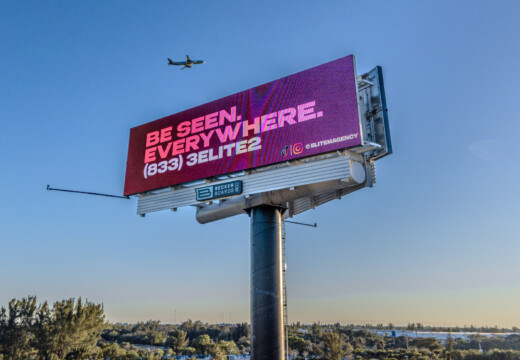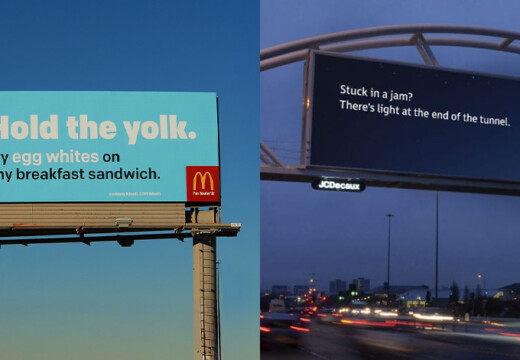
4 Ways to Get the Most Out of Blip Billboards
The best thing about Blip digital billboards is that the power to make your ad successful is in your hands. Even if you have the perfect ad design, you won’t get the best return on your investment if the right people don’t see the ad. With the flexibility of Blip’s digital billboards, you can spend the least amount of dollars to get the most impressions for your target audience. The great part is that Blip has few moving parts, so it’s simple to use and to strategize. Here are four best practices to help you get the most out of your ad dollars with Blip.
1. Blip Frequency
Repeat impressions are key to conversion in any business. In fact there is virtually no single first impression that is powerful enough to inspire conversion on its own. With Blip, your budget will influence your ad frequency, but you can control exactly when your ads will run and how much of your overall budget you’re willing to pay for each single ad display. For example, if you own a restaurant, you may choose to display your ads more frequently and with a bigger part of your budget in the hours leading up to lunch. In this scenario, you may also choose to display no ads when your restaurant isn’t open.
2. Long-term Campaigns
A couple of weeks of ads won’t always serve up the repeated impressions needed when running a meaningful billboard campaign. Your company’s best weekly timing and frequency of digital billboard ads are only made more powerful when you opt for a long-term campaign. Since you can choose the frequency and spend of each ad with Blip, you have the benefits of a longer campaign without breaking the bank. Your company will have the all-important repeat impressions a business needs for conversion with a smaller advertising budget.
3. Flexible Dates
With traditional billboard contracts, you’ll still be paying to advertise an event or sale long after it’s over. If your company plans events or offers timely deals, Blip gives you the power to advertise leading up to your event without paying for ad time beyond. For example, if you run ads for a theater company, you can begin your ads for a play months in advance, increase them up to and through the run of the show, and then end the ads closing night. There is no contract in place to force spending after your event.
4. Varied Campaigns
As you understand the flexibility and control you have with Blip, the more you can take calculated risks with your ad campaigns. While best practices will always include long-term campaigns, it doesn’t mean that your campaign has to look the same from start to finish. Use your long-term campaign as a base for consistency and frequency required for effective billboard ads, but then pepper in smaller ad runs to target specific events, sales, and promotions when you know your business needs it.


